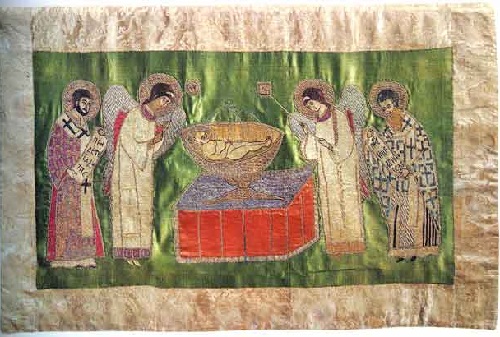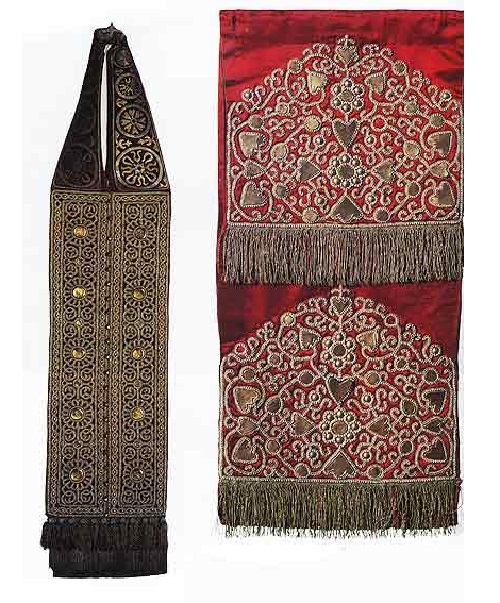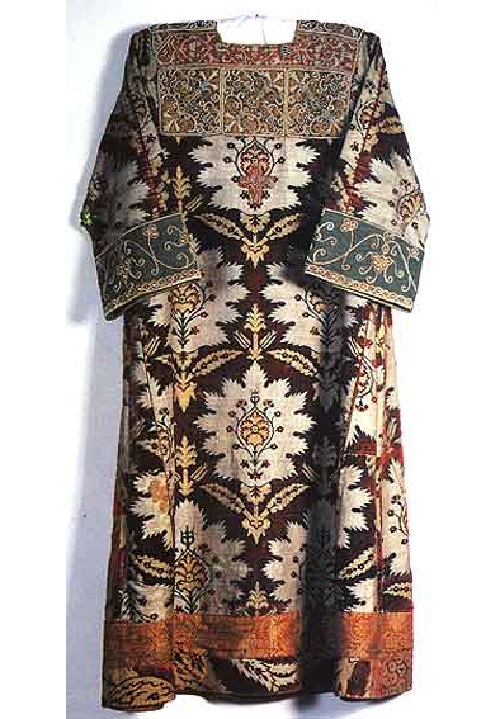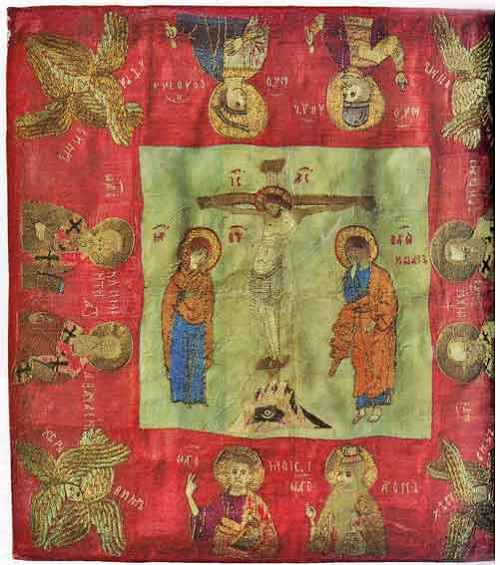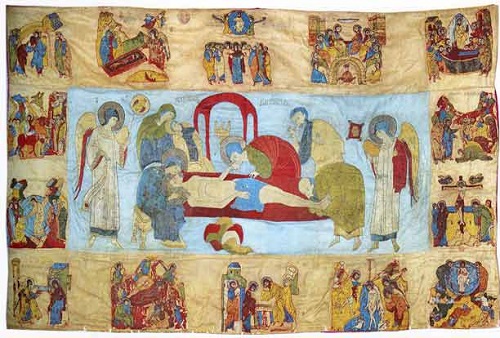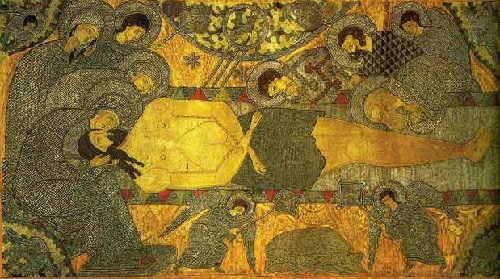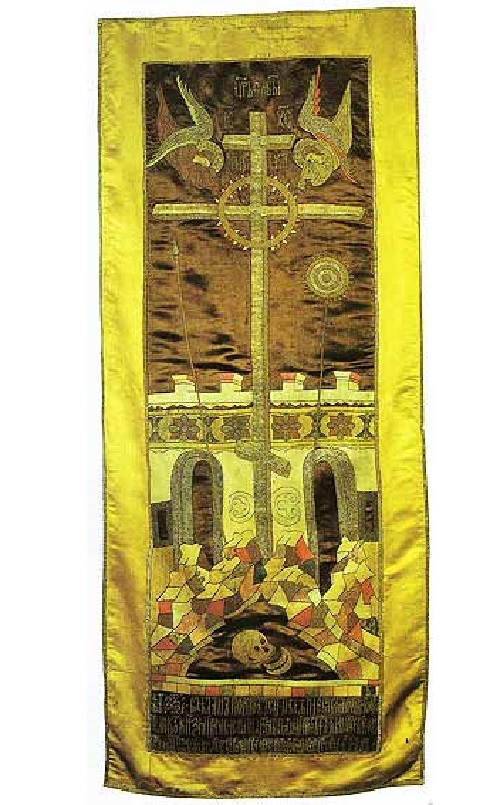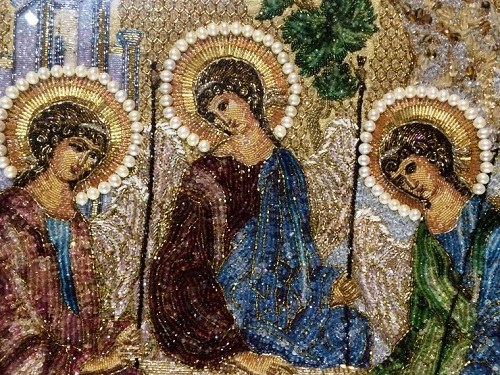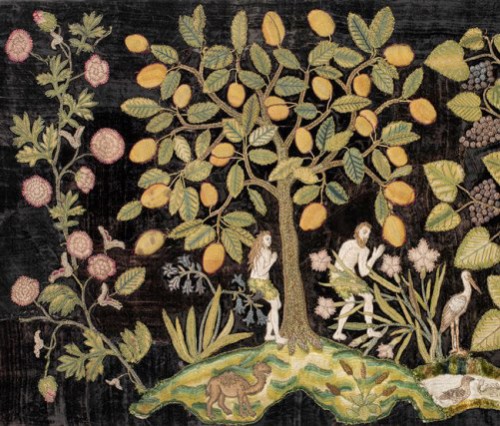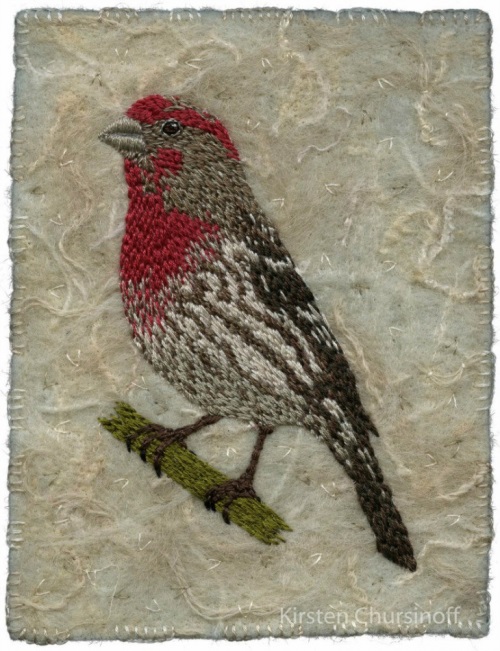Russian Medieval Embroidery art
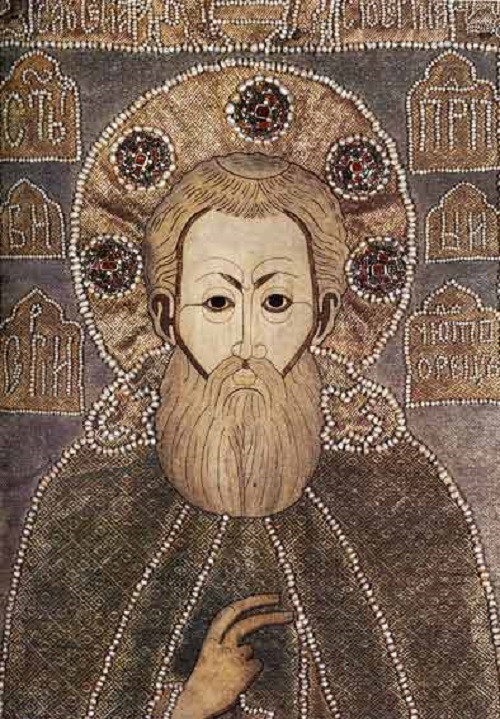
St. Sergius of Radonezh and Scenes from His Life. Pall. 1671. Detail. Donated by Anna Ivanovna Stroganova
Russian Medieval Embroidery art of the I5th – I7th centuries have unsurpassed historic and artistic value. The collection of Sergiev Posad Museum, which is in the old city of Sergiyev Posad in Moscow region, founded in 15th century, presents various figurative and ornamental compositions embroidered in multicolored silks, gold and silver thread and pearls. It acquaints with an original sphere of Russian medieval art, which had much in common with icon-painting and folk art. The embroidered items were greatly appreciated and carefully preserved: icon-cloths, palls and shrouds, icons, ancient books and church vessels of precious metals.

St. Sergius of Radonezh. Pall. 1581. Detail. Donated by Tsar Ivan the Terrible and Tsarina Maria Nagaya
The embroideries were produced in special workshops. Well-trained needlewomen worked there. The workshop was usually supervised by the lady of the house – boyarynia, princess, tsarina, who was often a skilful embroiderer herself. Since the I5th century the leading place belonged to the Grand Prince workshops, which since the mid-l6th century were called “tsarina’s chambers”. The collection of icon-embroidery of the first half of the 15th – early 16th century is most comprehensive. It was the time when icon-painting flourished in Russia as the result of general revival of Russian lands. Icon-painting led to the reinforcement of pictorial nature in embroidery as well.

Epigonation. The Resurrection of Christ. Moscow The first three decades of the 18th century. Donated by Empress Anna Ioannovna in 1730


